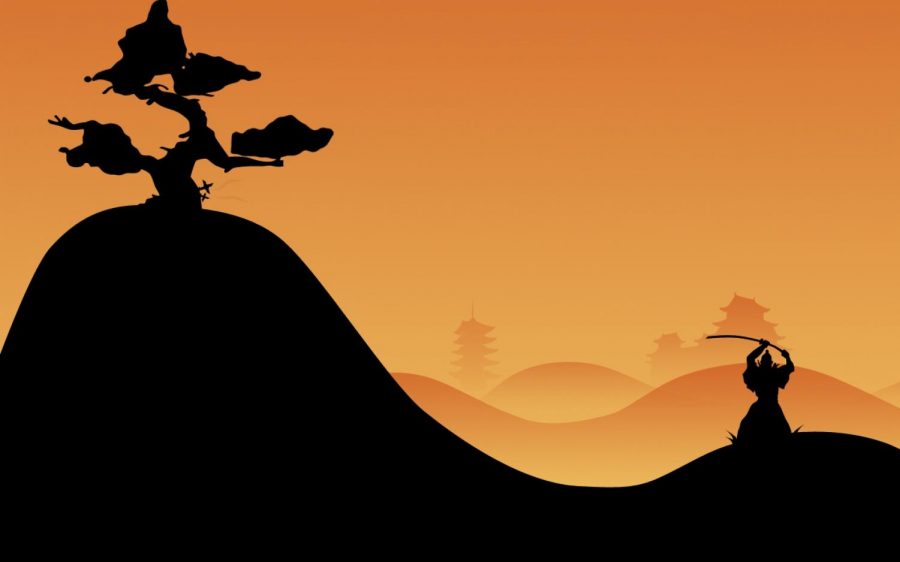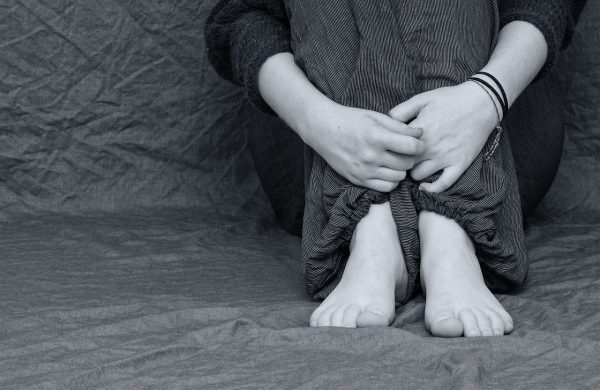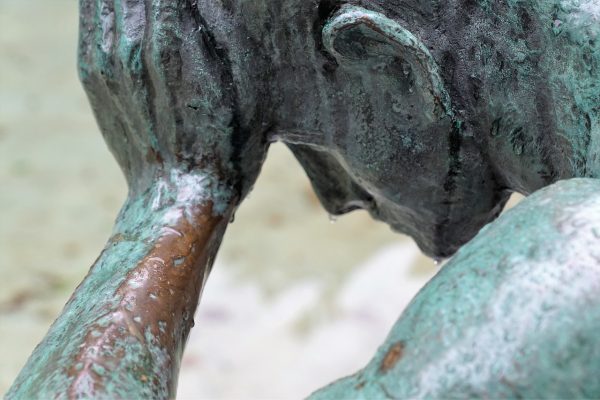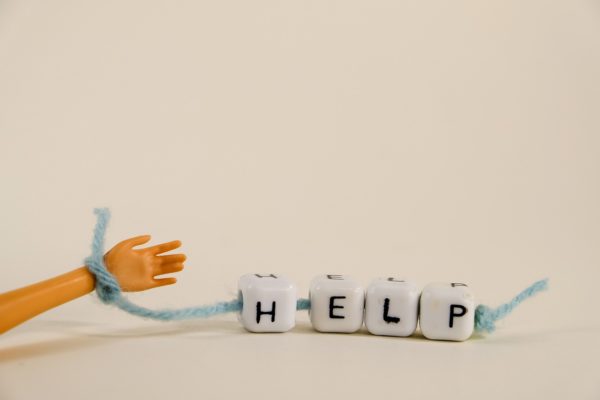Samurai- The Warriors of Japan
The Samurai was a warrior group that rose to power in the 12th century and dominated the Japanese government until the Meiji Restoration in 1868. Emerging from warrior bands, the Samurai of the Kamakura period (1192–1333), with military skills, and the pride of their ancestors, developed a disciplined culture distinct from the one before them. During the Muromachi period (1338–1573) under the growing influence of the newly introduced religion Buddhism, the Samurai culture produced many Japanese arts such as the tea ceremony and flower arranging which are still practiced today.
Code of Bushido (Chivalry)
The ideal Samurai was supposed to be a stoic warrior who followed an unwritten code of conduct, later formalized as Bushido, which held bravery, honor, and personal loyalty above life itself. Ritual suicide by disembowelment (also known as kamikaze) was institutionalized as a respected alternative to dishonor or defeat. This code was extremely similar to the Code of Chivalry used many miles away in Europe, by the knights of medieval times.
The Katana
One of the most famous swords ever was the Katana. It was a traditional Japanese sword used by the Samurai. It was a curved, single-edged blade with a circular or squared guard and long grip to accommodate two hands. This was a Samurai’s most prized possession. Swords were passed down in the family, and to lose one’s sword, would be a disgrace.
A Day in the Life of a Samurai
In the morning, a Samurai had breakfast with his family. They usually ate rice and pickled vegetables. Then he would make his way through the city, to the castle. He would go on patrol with other low class Samurai to guard the walls of the castle. After lunch, the Samurai had fitness training. They practice fighting with swords and expert teachers. Then, he would leave the castle to go and visit the local craftsman. The craftsman usually mended armor for the Samurai. After, the Samurai would take a bath in a hot-spring. Now that he was clean, he could visit the Buddhist temple to pray. He would have dinner with the other Samurai, and eat rice, soup, and fish. After guarding was over, he had some rice and wine with his other samurai friends. Once home, his wife would greet him and told what they did during the day. Finally, he went to sleep.
The Shogunate
During Japan’s Golden Age the government was too involved in art, literature, and other advancements. To the point of there being no way for the people to protect themselves and their belongings. This is where the Samurai came in. Although only the rich could afford to hire a Samurai, they were still really effective. Eventually the Samurai gained more and more power, until they were more powerful then the government. They made their own government known as the Shogunate. It was a feudal system just like in Medieval Europe. At the top of the pyramid was the Shogun(King), below him were the Daimyo (land owners), the Samurai (warriors), the artisans and peasants. Just like in the system put in place in Medieval Times, they all had a mutual obligations. Shogun gave land to the Daimyo, the Daimyo gave land to the Samurai, the Samurai gave protection to the peasants and artisans, the peasants and artisans provided food and serfdom. The Daimyo provided protection and money to the Shogun.
As said the Shogunate was led by the Shogun (military leader). They let the emperor still be “Emperor,” but the power was truly in the hands of the Shogun. After the invasion of China by the Mongols, they moved against Japan but died in a monsoon. Then, they tried again and fought with the Samurai who drove the Mongols back. However, there was also another monsoon which helped drive the Mongols out again. After all this, the Emperor and the Shogunate basically took turns overthrowing each other for some time.
Japan was divided into separate “states” which were controlled by the Daimyo, and they were all debating who should lead. Then a man named Oda Nobunaga, who was a powerful Daimyo of Japan in the late 16th century, attempted to unify Japan during the late Sengoku period. He got very far, but was betrayed by a follower. Toyotomi Hideyoshi finished the task of unifying Japan. After his death, instead of allowing his son to rule the Daimyos decided to elect a leader.
That leader was a powerful Daimyo and Samurai, Tokugawa Ieyasu. They formed a new shogunate, the Tokugawa Shogunate. They decided to isolate the country, except for foreign traders (the Dutch). In its isolation, Japan prospered. It had many technological advancements thanks to the Dutch books (text books on subjects like Science and Art, Biology, etc.). During this period there were many things built such as roads, schools, museums, gardens and more. The Shogunate was overthrown after the country became open to America, Britain, and France. Due to this, and the newly began westernization of China, two Daimyo states (with the help of Britain) overthrew the Shogunate and made the Emperor the restored monarch (leader). This period was known as the Meiji Restoration of 1868.
This marked the End of the Samurai. They tried to fight against foreign influence, but they were stripped of their power and were no match for the machine guns brought by the U.S. The samurai ultimately surrendered and changed with Japan.











